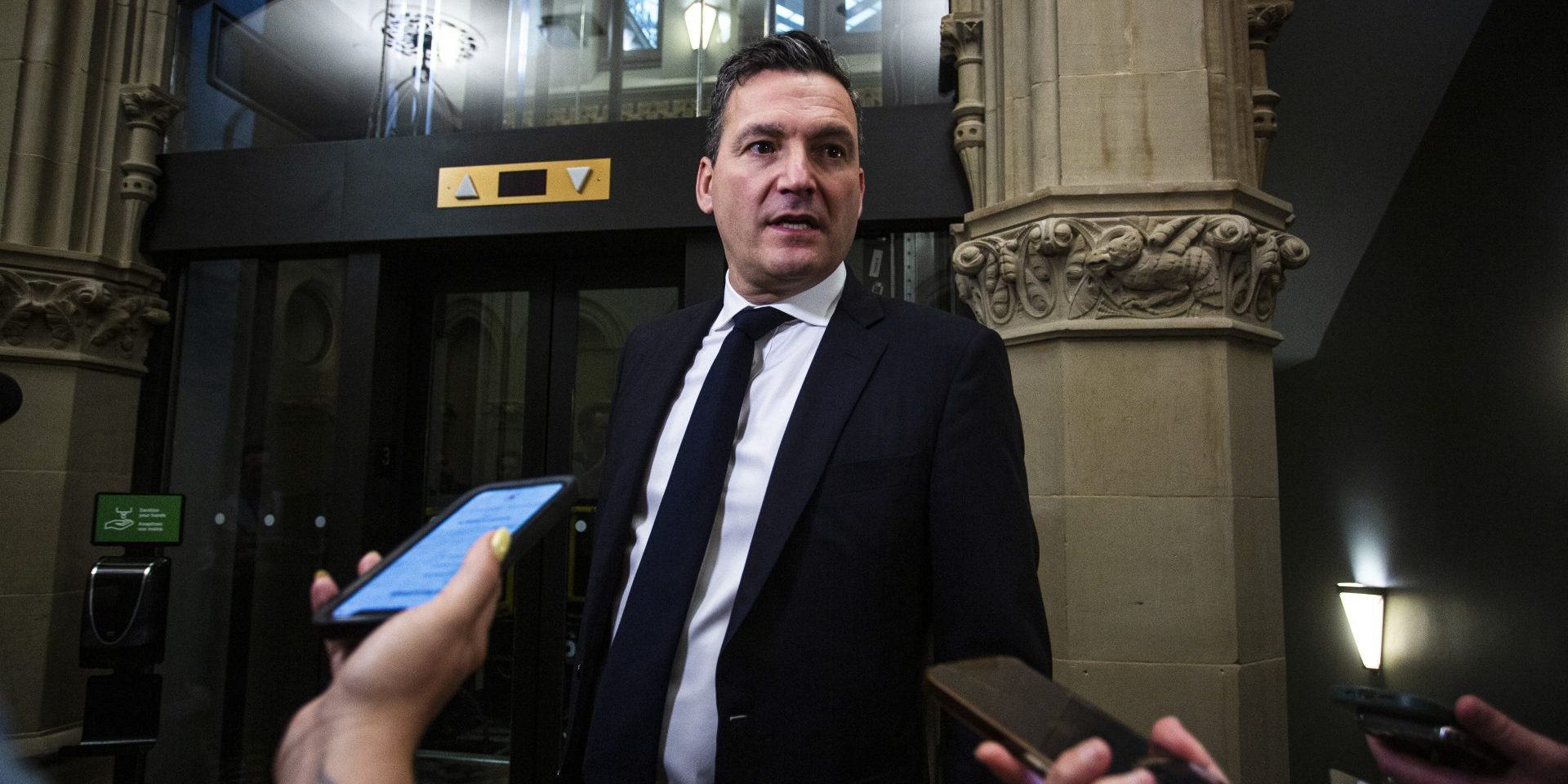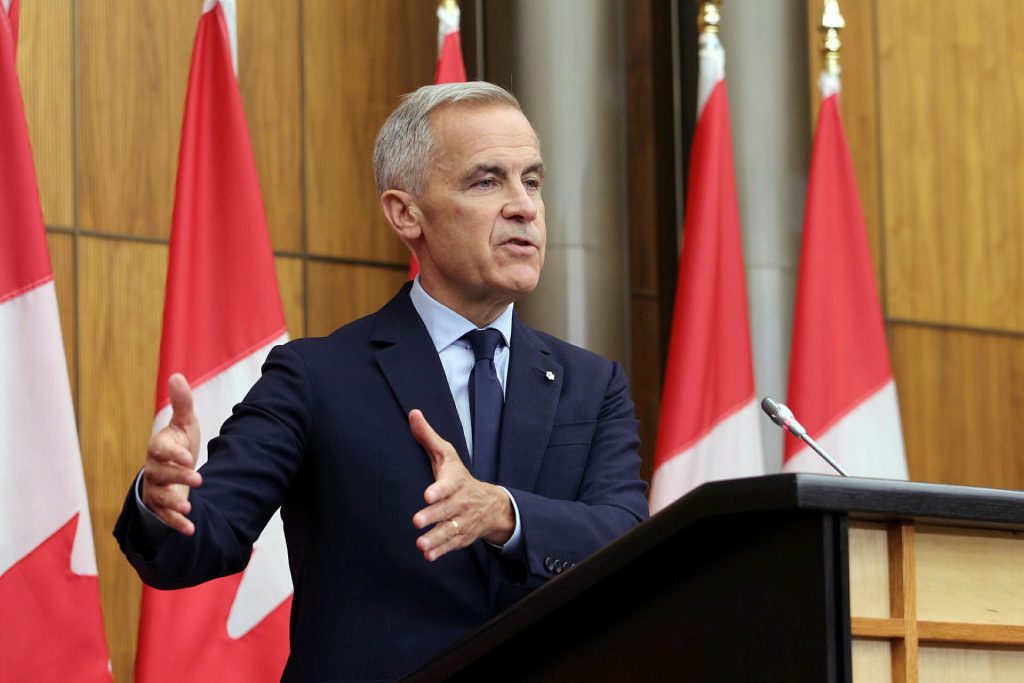‘We should be embracing change’: federal public servants more likely to have jobs exposed to AI, study finds

Public sector workers across Canada are significantly more likely to hold jobs that interact with artificial intelligence when compared to the overall labour force, according to a new study that found federal bureaucrats face greater risk of their work being automated by the new technology.
The Dais, a think tank within Toronto Metropolitan University, released a report on Aug. 25 that says 74 per cent of public sector workers at the federal, provincial, and municipal levels have jobs that are likely to be exposed to AI, compared to 56 per cent within Canada’s overall labour force.
“High exposure to AI” means there’s a very high chance of interacting with artificial intelligence over the course of doing your job, said Viet Vu, one of the report’s authors and manager of economic research at The Dais.
Federal public servants have a higher rate of jobs in this category, and those jobs are often considered “low-complementary” with AI, the report reads, which means jobs involve tasks that can be substituted or replaced entirely by the technology. This is because the federal public service has a larger proportion of jobs in business, finance, and administration occupations compared to Canada’s overall workforce, the report says.
By contrast, “high-complementary” jobs have tasks that can involve collaboration with artificial intelligence, Vu said in an interview. For example, bouncing ideas off of a chatbot when writing a policy briefing is one way for a “collaborative and complementary way to use AI.”
A “low-complementary” task includes translation, where there is little opportunity for collaboration, Vu said.
“What we end up finding is that a significant portion—58 per cent of federal public servants—do tasks that are not only highly exposed, but have low complementarity to AI and large language models in particular,” said Vu.

At a time of high anxiety in the federal public service, with sweeping spending cuts forecast over the next three years, Vu said he wants to allay worries that AI will be replacing workers entirely.
“We don’t think AI will be making specific roles redundant,” he said, but rather, it may mean fewer people in those roles will be needed to perform the job.
“We are just saying that the likelihood that your job will change in the near term is much higher than your colleagues,” he said. “This is not a fear thing; we should be embracing change. Change often is a good thing, we just need to be prepared for that change to happen.”
The federal public service’s ranks have grown significantly over the past decade, but contracted for the first time in the 2024-25 fiscal year, shedding nearly 10,000 jobs. Prime Minister Mark Carney (Nepean, Ont.) said during the spring election that he would cap—not cut—the federal public service, which sits at 358,000 jobs as of March 2025.
Now, Vu said the federal government needs to have “proactive conversations” with public sector unions about AI within the workforce.
As AI applications pop up in various departments—from a public-facing Canada Revenue Agency chatbot to an internal AI brainstorm buddy—public sector unions have largely been supportive, previously telling The Hill Times that AI should be used as a tool to augment the work of public servants, allowing them to take on new and ambitious projects, but shouldn’t replace them entirely.
The Dais report, meanwhile, calls for all levels of government to develop and publicize an AI strategy—something the federal public service published earlier this year. In place until 2027, the strategy requires public disclosure of which AI technologies are used and the tasks they perform, as well as pledges for accountability, engagement, and transparency measures, and a focus on “human-centred” policies.
Even compared to public servants who work for municipalities, federal public servants have a higher likelihood of interacting with AI because municipalities employ first responders, infrastructure workers, construction workers, and more workers in blue-collar jobs. At the municipal level, the exposure to AI is more similar to the general Canadian workforce “because it covers both the blue and white collar,” Vu said, adding the current generations of AI technology impact white-collar jobs like policy analysts and program managers.
Provincial and municipal governments should follow the feds’ lead and develop their own AI frameworks, Vu said.

The Hill Times photograph by Sam Garcia
He added that AI strategies should be part of a broader digital push within the federal government. Canada, he noted, was once a global leader in digital technology within government closer to the turn of the century, but has since slipped in global rankings. That’s due in part to a “gradual hollowing out” in technology leadership and a lack of in-house tech professionals, with the public service relying on external contractors to deliver larger and more complex digital services, said Vu.
“When you don’t have internal capacity for staff or sort of technology access to work in government, you also likely can’t evaluate the successes or failures or even the technology needs of the government,” he said.
Carney campaigned on bringing AI to the federal public service, with promises of deploying the technology “at scale” to enhance productivity. The federal government recently signed an agreement with Canadian AI company Cohere to identify where AI can enhance operations within the public service.
That, Vu said, needs to come with a culture shift within the public service.
“There needs to be social license … for every single public servant to be experimenting with this technology, documenting its successes and failures. And for career advancement to be attached to that,” he said.
mglass@hilltimes.com
The Hill Times






 LICENSING
LICENSING PODCAST
PODCAST ALERTS
ALERTS













